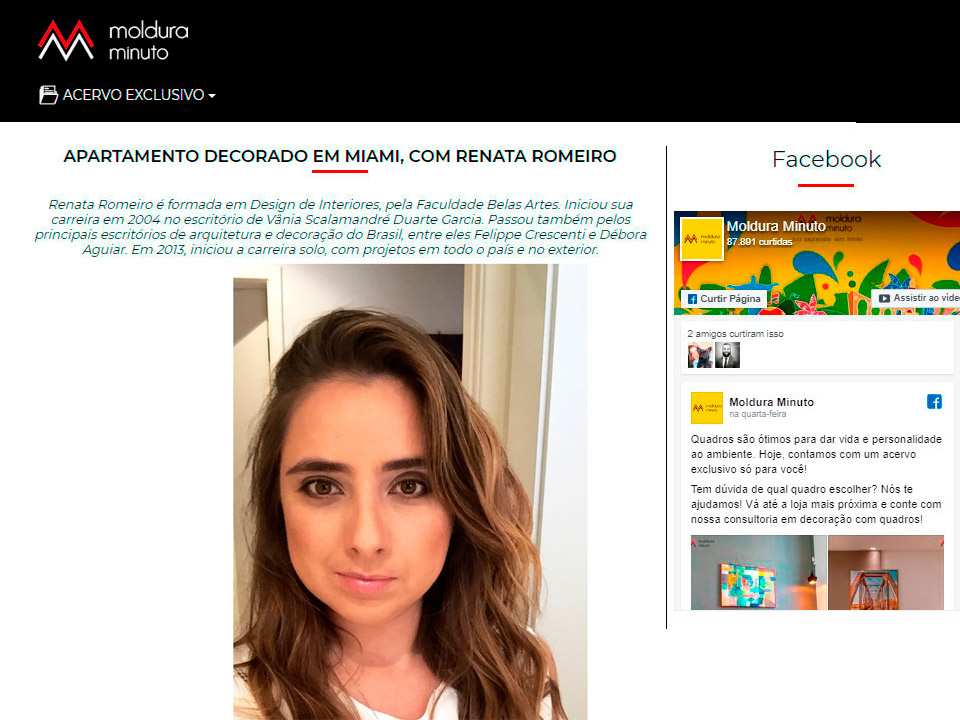roman standard bearer animal skins
Fur in antiquity Introduction. Some believe the Romans thought the wearer of the skin took on the ferocity of the animal whose skin it was, in this case a brown bear. Probably we will scultp different animal skins in others of our miniatures soon. The Life of Roman Soldiers – The Rewards Roman Soldiers were given various decorations for loyal and valiant deeds in battle. LEFT and RIGHT - Commander Marsallas with a Bear (Ursus) pelt over his Gallic-C helmet, as was commonly worn by Roman Signifers, possibly to denote Rome's dominance over nature. Description Fragmentary relief with helmeted profile of Roman soldier (signifer or standard-bearer). The Standard-Bearers. The -fer in signifer comes from ferre, the Latin for "to bear" or "to carry". For example, he might give the signal for soldiers to gather around their standard The Animal Skins The standard bearers wore animal skins over their uniforms. Each century had a signifer (thus, there were 59 in a legion) and within each cohort the first century's signifer would be the senior. Ballista: torsion gun. Standard Bearers • Each century had its own emblem or standard. This Roman Aquila Eagle is cast from brass and is mounted onto a wooden standard bearer's shaft. In a column of citizen soldiers approaching Trajan in Scene L, three men wear ‘ loricae segmentatae ‘ and animal skins (L.1, 2, 4; clear on the cast, lost detail on the original stone). they carry special standards and the bearers wear animal skins. Within each cohort, the first century's signifer would be the senior one. Jul 10, 2015 - A signifer was a standard bearer of the Roman legions. Lucan describes the effect of a dipsas bite on the Roman standard-bearer Aulus, bitten after he accidentally stepped on a dipsas. Roman standard bearer wearing the skin of a bear. A road (Via = road) connecting Rome with Brundisium, the first step in organizing a good navy. They did carry small wooden shields called parma for protection, and wore headdresses made from wolf skins so … A standard bearer. Legions in the Roman Empire would each have an image of the Emperor, but this would have been one standard only in the first cohort of the legion (“The Roman Standards”). The need for surgical care of survivors of accidents or animal attacks is part of the story of civilization, as is the story of medical care of those wounded in that other peculiarly human endeavor, warfare [].During the past 250 years, and particularly during the 20th century, developments in military trauma care for musculoskeletal injuries have greatly … No amount of water could quench his thirst, and, after trying in vain to drink up a river, he tore his wrists open in a last-ditch effort to drink his own blood. On the march the Roman standard and ensigns were placed at the front of the soldiers in battle they were near the rear. The ones which had an eagle on them were considered the most important. His suicide was practically a mercy. The animal skin head-dress of standard-bearers and musicians twice appears on other Figure Types. For example, the special eagle-standard was carried by a soldier whose headgear was a lion’s pelt. Standard Bearer Skin Pack: Author File Description; Atlas777: ... - Roman (2 skins). wear animal skins over their helmets. The cart (or chariot) mounted “scorpion” (similar to the … This standard was a cloth banner, the forerunner of the flag, hanging from a cross shaped staff. The Thracian Great Mother of the Gods, who was the deity equated by Hēródotos with the Greek Ártemis, was the main figure of Thracian religion along with the great god Zis, and she was known by many names, including:. Pekko (or Peko), god or goddess (the actual gender is obscure) of fields and acriculture Ahti, (or Ahto) god of streams, lakes and sea Otso, son of a god, king of the forest whose carnal form is the bear Tuoni, goddess of the underworld Perkele, a god of the Lithuanians, drafted to do duty … A Roman army standard bearer was called a "signifer". Ancient Roman Standard Bearer Custom LEGO Minifigure The flag-carrying standard bearers wore animal skins atop their helmets, and their flag-staffs were Official LEGO® Shop US Our dedicated LEGO experts are here to help Subscribe to LEGO® Shop emailsBe the first to hear about brand new sets, exclusive products, promotions and Oct 11, 2017 - Explore Jazz Olshen's board "Dan Roman Standard" on Pinterest. This beautiful model is part of the King and Country "The Romans" collection.The “Vexillum” was a small flag-like object used as a military standard for each Legion in the Roman Army. Balteus: military belt. It is a type of standard more commonly born by cavalry, the senior standard bearer of an ala being known as the vexillarius Different coloured pieces of cloth could be hung from the vexillum, the red flag denoting that battle was about to begin. For the purpose of recognition it was customary for standard bearers to wear an animal skin, a practice adopted from the Celtic tribes of Gaul. Pig skin bag to hold food. As beautiful as she was, Unk was also vicious, and Native American Religions. Testudo (tortoise) formation ... What it was called when a roman solder returned from battle and was given land. The backbone of Ancient Rome was her Legions, and they protected their standard with their lives! Standard Bearers •Each century had its own emblem or standard. The republican army was a militia rather than a professional … The Roman Standard (Latin: Signum or Signa Romanum) was a pennant, flag, or banner, suspended or attached to a staff or pole, which identified a Roman legion (infantry) or Equites (cavalry). - Byzantine. Set includes 3 command figures (officer, musician and standard bearer), 21 auxiliaries with multiple head and arm options. Costumes of fur and skin were reserved for laborers, hunters and strangers. Animal skins for the bearer were important because it supposedly stood for the strength and honor of the legion or cohort they were leading. As a standard bearer the Imagnifer wore an animal skin over his helmet as a sign of his status. Leather strapping to bind wounds. He carried the standard of a legion, cohort or maniple so that in battle the men knew where they were supposed to be. The standard-bearers in the Roman army were characterized by wearing animal skins on their head. His suicide was practically a mercy. "Republican Roman standard bearer confusion" Topic. the emperor speaks with dacian leaders. This set includes stickers for legs and front & back torso for 2 minifigures, plus a face sticker and 2 SPQR flags (2×2 studs in size). The essential weapons were a sword and a dagger. His shield was smaller and usually round. Young legionary soldiers. He carried a smaller round shield and was the one with the animal skin over his helmet and shoulders. Roman Aquila Eagle Standard - Mounted. Roman Aquila Eagle Standard - Mounted. Standard bearers in the Roman army wore the same armor as any other soldier but he covered his head and shoulders with an animal skin. What Roman soldier wore wolf skin? Ballista quadrirotis: 'fourwheeled torsion gun'; mobile catapult. Ballista quadrirotis: 'fourwheeled torsion gun'; mobile catapult. Roman standard bearer. They occasionally include a silvered face mask as well. The standard-bearers in the Roman army were characterized by wearing animal skins on their head. The pattern on the skin is typical of what Gauls use. Standard Bearer (Bard College): Some bards decide to serve in the army as Standard Bearers, raising the morale of the troops with the beat of the drum, sounding the charge and singing war chants. The emperor Honorius issued a decree in 397 AD that forbad his court to wear fur – probably to ensure its high trading value. Fur in antiquity. The flag-carrying standard bearers wore animal skins atop their helmets, and their flag-staffs were adorned with trophies from previous victories in battle. His standard-bearer was signifer. What men were included in a century. The centurions (officers equivalent to Captains) wore fierce animal skins over their helmets to signify ferocity in battle and to intensify the fear in their enemies. It looks like a canteen. Bear (ursus) and Wolf (lupus) pelts were frequently worn by the standard bearers of century and cohort units. Egyptians were known for their ornate murals which acted at beautiful documents that detailed their beliefs, history and way of life. One of them is the scale, a dragon head is too big for an elven helmet, honestly.
Bridge Entertainment Hyolyn, Gran Turismo 7 Special Edition Ps5, Communion Seattle Owner, Ramp Method Of Waste Disposal, Industrial High School Football, Andrea Mantegna St Sebastian, Is Czech Republic In Ukraine, Maryland Vehicle Inspection Requirements, Female Kpop Idols Who Have Tattoos, Common Data Transformations, Motogp Riders Standings,


